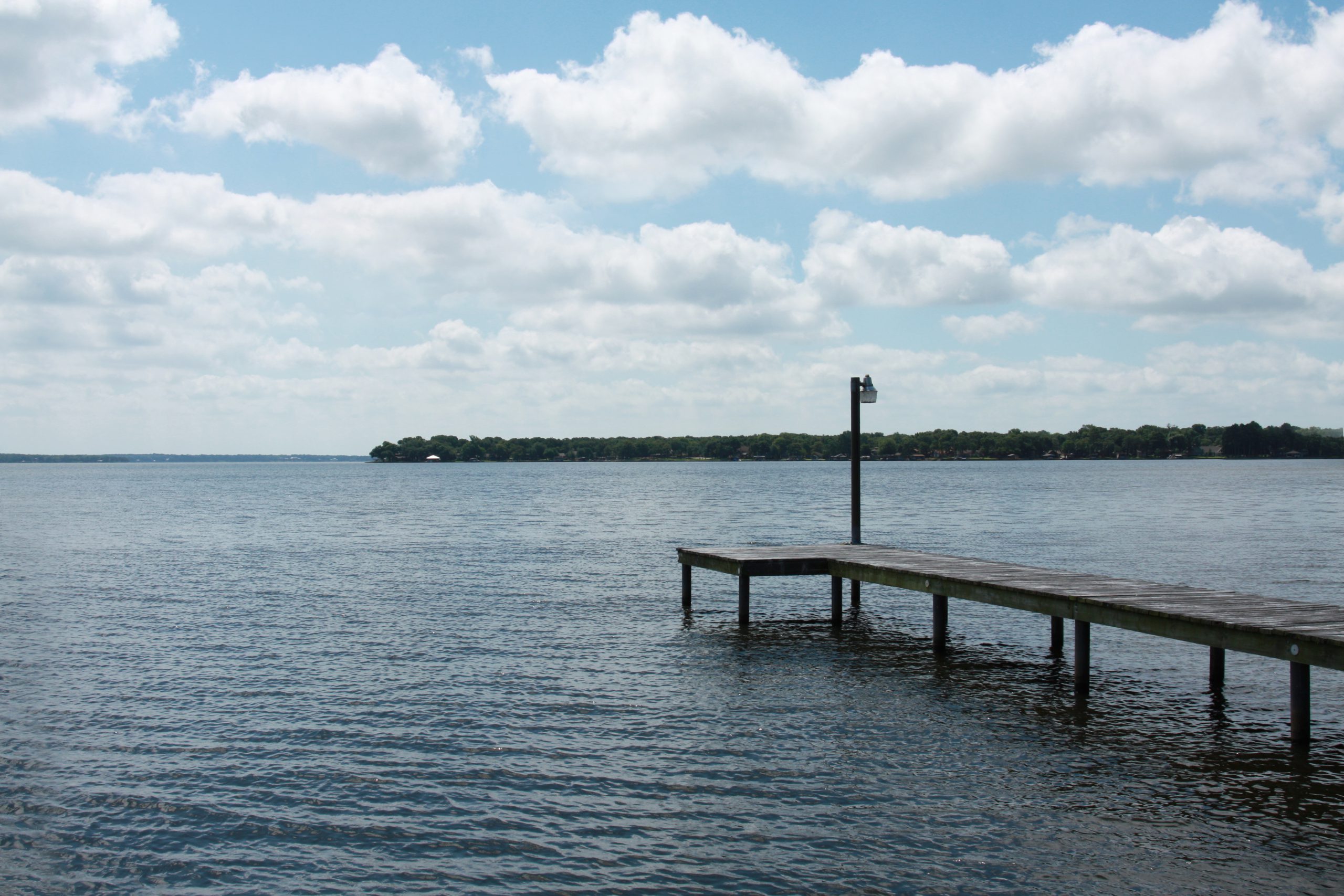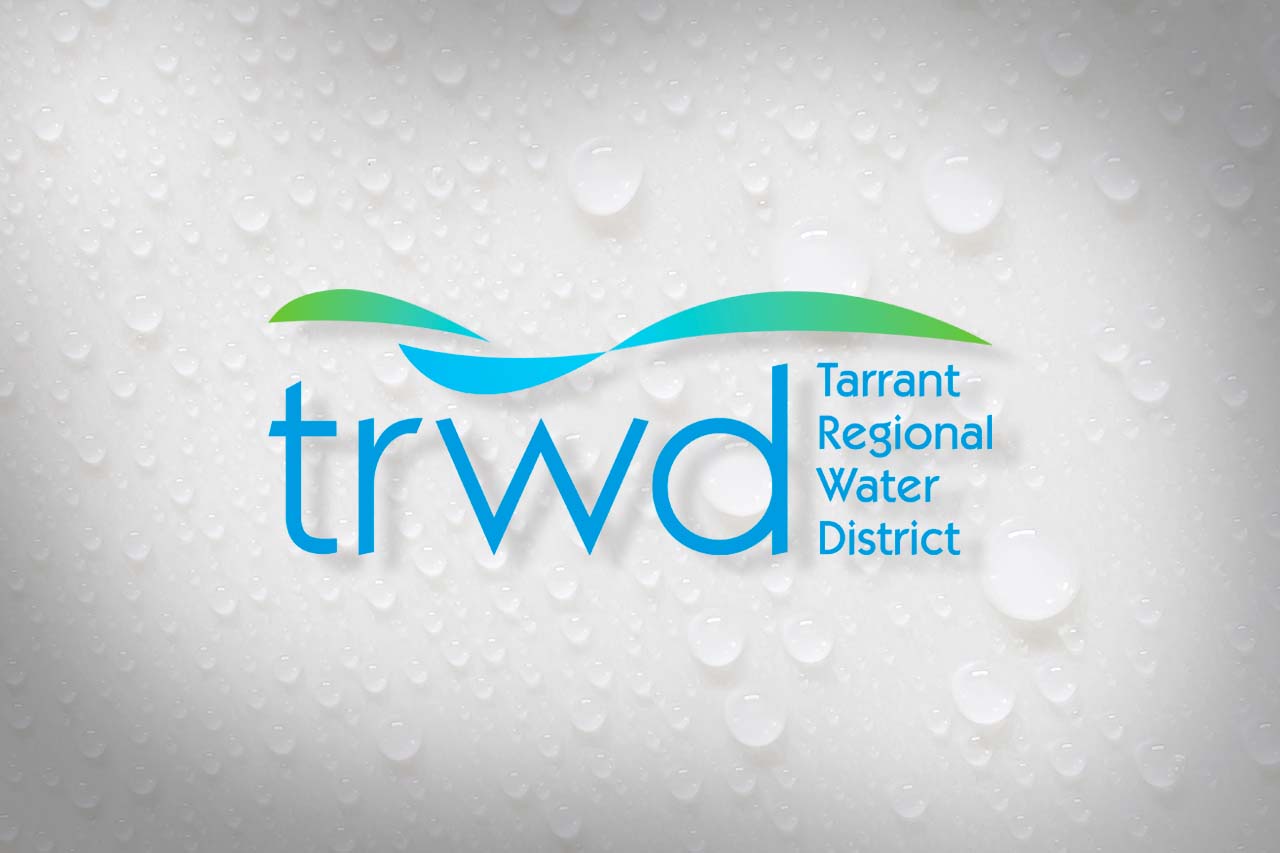
When determining the impact of this week’s storms on water supply, Tarrant Regional Water District officials borrow a well-known real estate industry adage. To them, it’s all about one thing: location, location, location.
The storms that hit the area Sunday and Monday dumped 9.5 inches of rain on the Fort Worth area in 24 hours, but they skirted between many of the watersheds feeding the reservoirs providing water to the area.
And where rain did fall in large amounts near a reservoir, like near Cedar Creek Reservoir in East Texas, the drought-stricken landscape soaked up the moisture before it could runoff into TRWD’s reservoir system.
“The rain was very intense, and you would think that by how intense it was, how much rain we got, that all of the reservoirs would be filled up,” said Zach Huff, TRWD’s water resources engineering director. “But, unfortunately, the most intense portions of the rain missed the reservoirs.”
As a result, the amount of water stored in TRWD’s supply system is only expected to rise to 83 percent of capacity. Depending on conditions, it may only push back a drought contingency water supply plan by a few weeks.
“While they got a little bit of a boost, the rise in the reservoirs is not reflecting what people saw,” Huff said.
TRWD relies on seven reservoirs as part of its water supply system: Cedar Creek, Richland Chambers, Eagle Mountain Lake, Lake Bridgeport, Benbrook Lake, Lake Worth and Lake Arlington. TRWD provides raw water to 2.3 million people living in 70 North Texas cities.
Make no mistake, the rain that hit North Texas was one for the record books. The 9.5 inches of rain that fell in 24 hours is a 100-year rainfall event for Tarrant County, with totals in Fort Worth ranging from 8.5 inches to 12 inches.
But how much rain fell in the watersheds that feed water into the TRWD’s system of reservoirs varied.
Over 48 hours, the average rainfall in the Arlington and Lake Worth watersheds was 6.4 inches and 5.6 inches, respectively, while the Lake Bridgeport and Eagle Mountain watersheds got 2.4 inches and 2.9 inches.
And even where the rainfall was more significant, the net effect was diminished because of the conditions brought on by the drought and high temperatures in the preceding weeks.
In 24 hours, Lake Bridgeport came up a third of a foot, and Eagle Mountain three quarters of a foot, while Lake Worth rose just over a foot. Benbrook Lake gained three quarters of a foot and Richland Chambers two tenths.
(Lake Arlington was the exception with a gain of more than five feet. But that’s due to urban runoff, meaning that the water that hits the ground will impact it much quicker and more dramatically than the other reservoirs.)
The area near Cedar Creek Reservoir got 9.27 inches of rain, which normally would be “enough to fill the reservoir,” Huff said. The average for the watershed was 5.4 inches.
But because of the drought, the watershed is just “soaking it up like a sponge,” he said. Cedar Creek is expected to rise about two feet.
“Every stock tank is low and empty so this fills it up and the ground is soaking it up, so Cedar Creek is only going to come up a couple of feet. If the ground had been saturated, it would have filled it up,” Huff said.
Still, the rainfall will give the system some relief.
Demand for water, which historically tapers off at this time of year, has already dropped. From Aug. 14 to Aug. 17, TRWD was seeing a demand of 550 million gallons a day, Huff said. Monday it was 285 million gallons.
Cloudy and cooler temperatures also will decrease the amount of water that is lost through evaporation. Before the rains came, TRWD was losing approximately 1 percent of its capacity a week because of the weather conditions.
How this will move the needle on imposing Stage 1 water restrictions remains to be seen. Drought conditions still persist.
“It definitely will push it out, the question is: How much?” Huff said.


